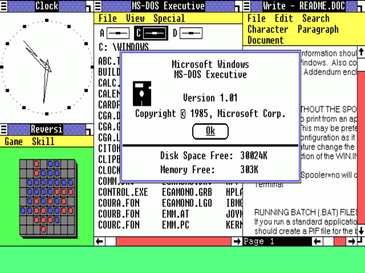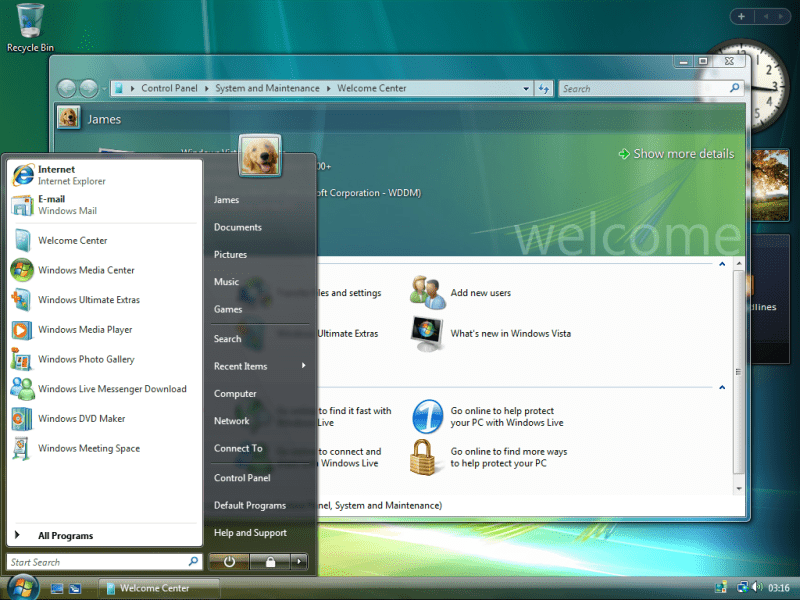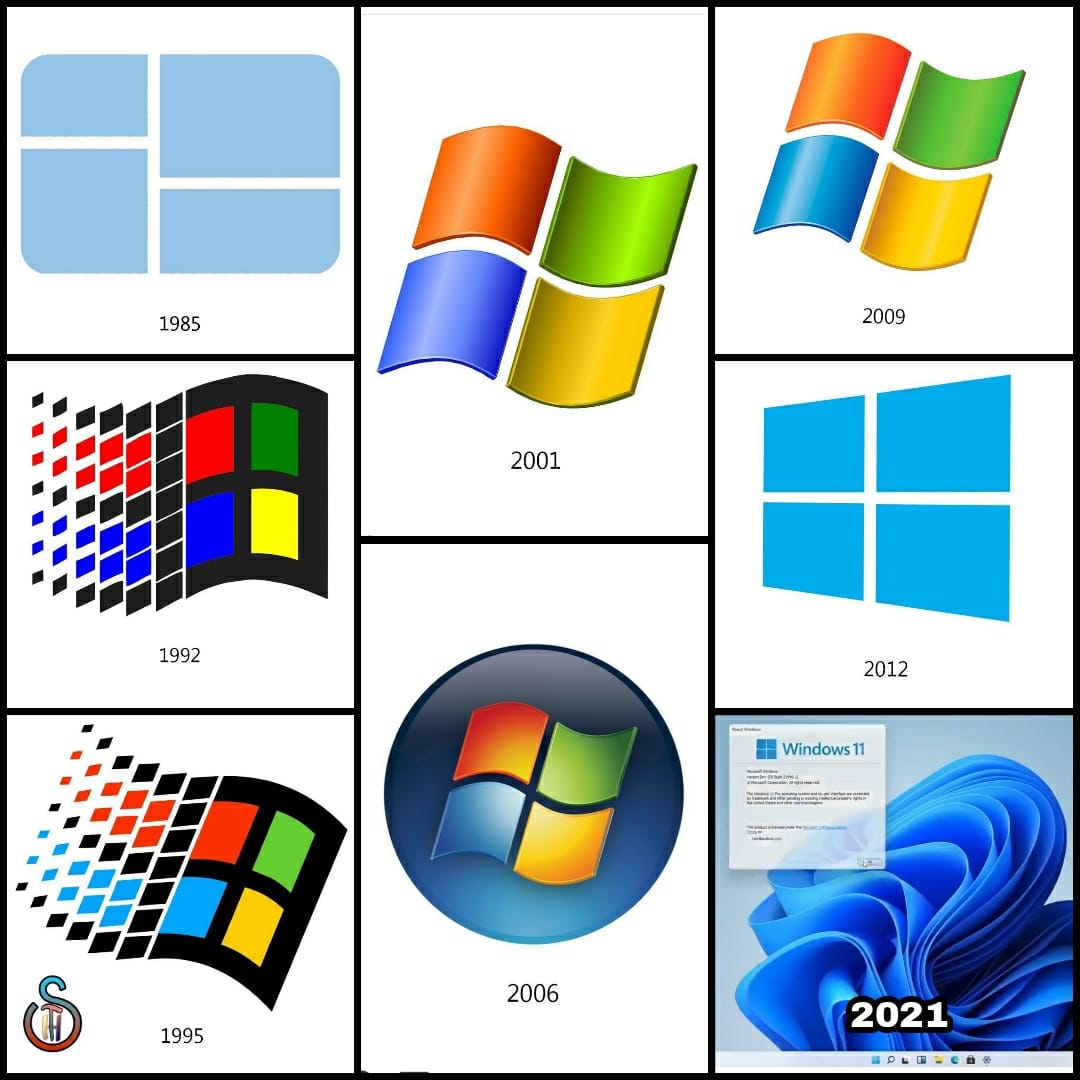Different Versions of Windows?
There have been many versions of Windows released over the years, each with its own set of features and improvements. Here are some of the most notable versions of Windows:
-
Windows 1.0 (1985): The first version of Windows, it introduced a graphical user interface and support for running multiple programs at once.

-
Windows 95 (1995): This version introduced the "Start" button, a taskbar, and support for long filenames. It was a major step forward in usability and popularity for Windows.

-
Windows 98 (1998): This version added support for USB devices, better multimedia capabilities, and improvements to the user interface.

-
Windows 2000 (2000): This version was designed for businesses and introduced many improvements to security, networking, and reliability.

-
Windows XP (2001): One of the most popular versions of Windows, XP introduced a more modern interface and many new features, such as a built-in firewall and improved multimedia support.

-
Windows Vista (2006): This version was designed to be more secure and stable than previous versions, but it was criticized for its slow performance and compatibility issues with older software.

-
Windows 7 (2009): A popular version of Windows that addressed many of the criticisms of Vista, it introduced a more streamlined interface and improved performance.

-
Windows 8 (2012): This version was designed for touch-enabled devices and introduced the Metro interface, which was optimized for tablets and other mobile devices.

-
Windows 10 (2015): The most recent version of Windows as of my knowledge cutoff in 2021, it introduced many new features and improvements, such as a virtual assistant (Cortana), a new browser (Microsoft Edge), and support for virtual reality and augmented reality.

Windows 11 (2021):Microsoft had officially announced Windows 11, the successor to Windows 10. Windows 11 was designed to provide a more modern and streamlined user interface, with new features such as improved virtual desktops, a new Start menu, and better support for touch-enabled devices.



